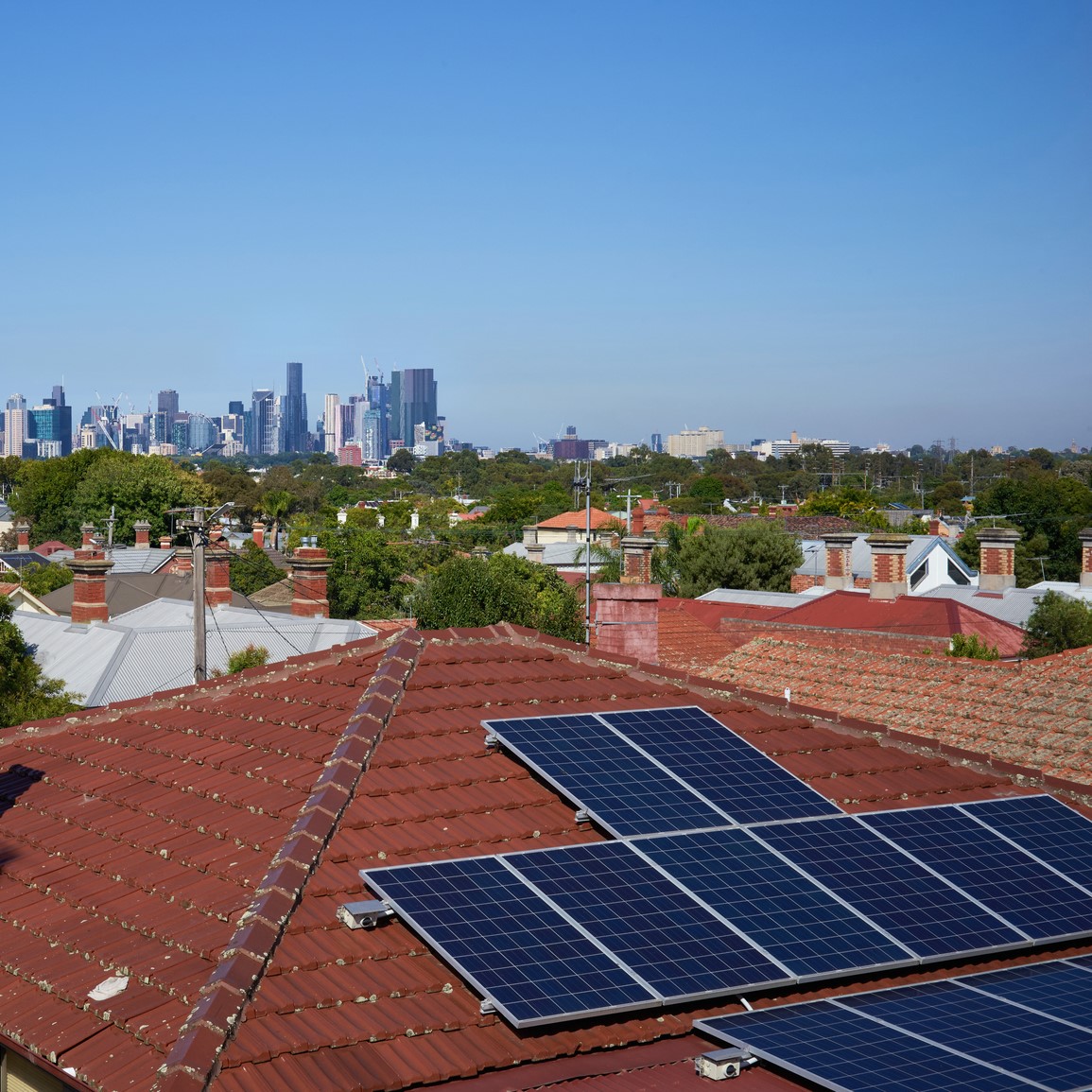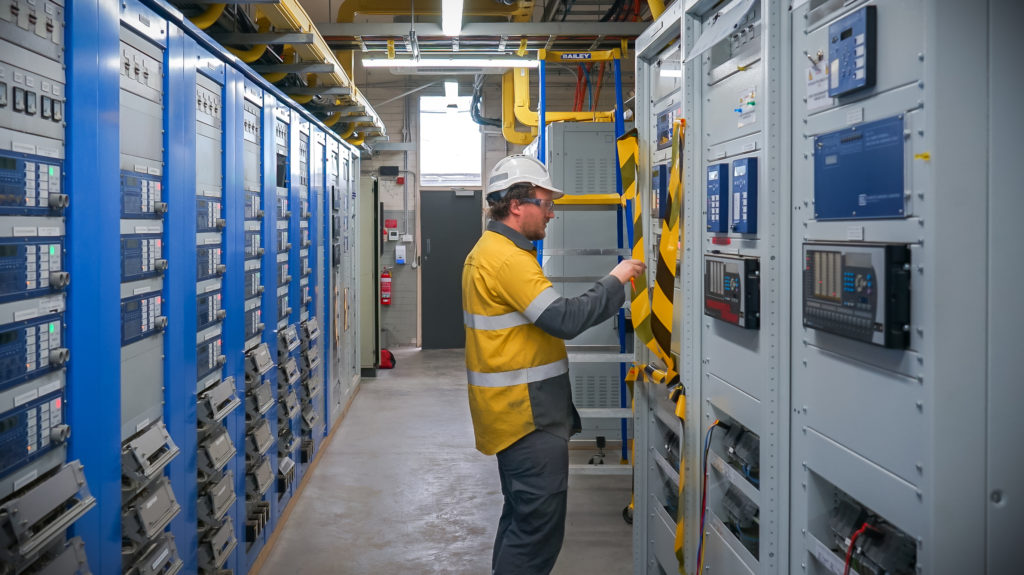Smart meters and smart networks helping rooftop solar boom in Victoria
1 August, 2022
Highly advanced network analytics enabled by data from more than 1.1 million Victorian smart meters is helping CitiPower and Powercor to more effectively manage voltage and in the process, support more solar export, reduce carbon emissions and keep power affordable.
The Dynamic Voltage Management Systems (DVMS) has been rolled out across the two networks, marking a significant enhancement in managing voltage across our distribution networks in real time.
Powercor’s Head of Network Planning Andrew Dinning said this is the next step in a series of investments being made by the networks to build operational capability to support a clean energy future.
Mr Dinning said the innovative system tracks data from Victoria’s fleet of smart meters and automatically adjusts voltage up or down, in real time, to keep the network performing within an optimal range. It involved the rollout of a range of network upgrades from communications equipment to voltage regulating systems while also leveraging equipment that’s already part for the network.
Voltage management on distribution networks is influenced by a range of factors, from the voltage set at the transmission level to more localised factors like solar penetration, length of network supply lines, and customer energy use patterns. All of these factors mean that voltage patterns shift seasonally, daily and hourly making voltage management a 24/7 challenge for networks.

“Managing voltage on our network is important to enable more solar, reduce carbon emissions and keep power accessible and affordable for all our customers,” Mr Dinning said.
“This smart system helps to optimise the network for all of our customers while maximising the number of customers that are able to export excess solar and creating headroom for more connections in future.”
The Powercor, CitiPower and United Energy network in Melbourne’s south-east, are now all using this first of kind system for Australia.
Mr Dinning said the rollout of DVMS is in addition to a major upgrade program undertaken by CitiPower and Powercor that has lifted unrestricted rooftop solar connections approvals from around 60% at the start of 2021 to more than 92% in 2022.
“This is one part of our five-year Future Networks program, which is about supporting customers to connect more solar, batteries and EVs, lower their power bills and reduce their environmental footprint,” Mr Dinning said.
“By using this smarter system, we expect that more than 95% of our customers who apply to export solar will be able to connect and export excess energy, allowing more homes and businesses to share cleaner energy across their communities.”
Networks like CitiPower and Powercor are required to deliver electricity to homes and businesses within a range of 216 and 253 volts. If the voltage is too high, customers may use more power than necessary, solar exports may be reduced and some customer appliances could be damaged. If voltage is too low, customers may experience flickering lights, some appliances may not work correctly and the quality of their supply will be poor.
Powercor is home to some of Australia’s rooftop solar hotspots, with up to 40% of homes in some areas hosting rooftop solar systems, and more than 23% of customers across the network.
Rooftop solar installations increased by more than 23,500 customers during 2021, and combined they represent over 700MW of generating capacity – larger than any single gas-fired power station, coal-fired generation unit, wind farm or solar farm connected in Victoria today.
For more information on work to enable rooftop solar and manage voltage across the CitiPower and Powercor networks, visit Network innovation | CitiPower & Powercor








